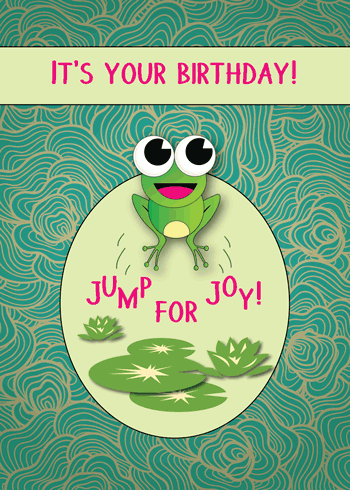
Next to each deck, you’ll see a little cog symbol, which you can pull down to access a deck’s options. It’s easiest to do this in the desktop program. This gives you control over the settings for that deck alone, and allows you to keep the deck where it is, but make it behave differently. However, you can set up separate ‘options groups’, and apply them to individual decks in a stack. If you have a limit of ten new cards a day on the superdeck, all the subdecks share that limit.


By default, all the decks in a superdeck have the same settings. If only there were some way of keeping decks where they are, but adjusting the new card / review settings separately from the rest… Anki Options Groups Or lots of other slightly sad metaphors… In any case, it felt wrong. It’s like parking you classic, but disused car, in a dark, dusty garage. I love seeing the long list of languages I’ve worked on in Anki, and removing one smarts a little. It’s almost like you’ve given up on it – it’s no longer in your Anki hall of fame, it no longer feels like yours. Removing a whole deck from your stack renders the language invisible. The trouble is, it could feel like a clunky kludge at times. I talk about this cycle in a previous post. When I was ready to restart that language, I’d move it back. This deck had a learn / review limit of zero in its settings, effectively turning it off. When I was ready to rest a language for a while, I’d simply rename its deck into ‘Rested Languages’. I normally nest all my language decks in a superdeck called ‘Languages’. The way I was doing this before was quite efficient, on the whole. And some of those I want to bring out of their rest phase, and work on maintaining, rather than growing them. Others I’ve learnt in the past, and want to ‘rest’ them for a while before returning to them in the future. The problem is that I rotate a lot of languages in my learning routine. Here’s how I’ve tweaked it to fit my goals and lifestyle more neatly lately. But, with some tweaking, you can fit it around your goals and lifestyle much more neatly. The experimenter’s ethos is key: it might work it might not. That said, sometimes you just need to be brave and change things up a little. How many people, for example, never touch the advanced settings on a new phone, console or TV? Change things up a little It is Anki’s ability to create custom note types that will help us solve this problem. True, its advanced functionality might be well-hidden under a very plain interface, but you have a great deal of room to adapt and extend its basic workings. When something works straight out the box and does the job, it’s tempting not to tinker. Well, a huge strength of Anki is how customisable and extensible it is. With Anki, as with all things, it’s easy to get stuck in your ways. A new card will appear and you can edit the template as you like, placing whichever fields you want on either side of the card. In the top right corner will be a + button. I’ve spent a useful chunk of time this week optimising my Anki flash card decks. A new window will appear with boxes on the right to edit the template of the card on the left and a preview of the card on the right. But when anticlimactic gloom ensues, sometimes you’re motivated to very productive distractions. Users that routinely delete their posts once they receive an answer might be excluded from participating on the sub.Well, the football didn’t go England’s way this week. Commiserations, fellow polyglot fans who were also hoping. Posts that are off-topic will be removed.

How to flip cards in anki app free#
Please Support Anki!Īnki is free and open-source software. When creating cards, consider the tips in this article: Twenty rules of formulating knowledge. For additional resources and tips make sure to also check out our Wiki.
How to flip cards in anki app manual#
New to the app? Anki's manual is the best way to get you started. Post Filters Hide Questions Show Questions Only Show Everything Anki Tips & Info If you find a good resource for Anki users, please share it with us. You are welcome to ask your questions about Anki here, and please help answer other people's questions when you can. There is also a web-based version of Anki. Anki is available for these platforms: Windows, Mac, Linux, FreeBSD, iPhone, and Android. This community is for people who use the Anki "powerful, intelligent flashcard" program. You can now set a custom flair to tell other users about the subjects / topics you're studying with Anki! To set a flair, simply click on (edit) next to your username.


 0 kommentar(er)
0 kommentar(er)
